Invented by Christopher Paul Blackburn, Zolo Solutions Inc
Dispensing systems, methods, and devices are used across various industries such as pharmaceuticals, food and beverages, chemicals, and cosmetics. These systems are designed to accurately measure and dispense substances in liquid, solid, or gas form, ensuring consistency and precision in the manufacturing process.
One of the key drivers of this market is the growing need for automation and efficiency in manufacturing processes. Dispensing systems eliminate the need for manual labor, reducing the chances of errors and increasing productivity. These systems are capable of handling large volumes of substances, making them ideal for high-volume production lines.
Another factor contributing to the growth of this market is the increasing demand for customized and personalized products. With consumers seeking unique and tailored experiences, manufacturers are under pressure to deliver products that meet individual preferences. Dispensing systems enable manufacturers to mix and dispense substances in specific quantities, allowing for customization and personalization.
Furthermore, stringent regulations and quality control standards in industries such as pharmaceuticals and food and beverages have also fueled the demand for accurate and reliable dispensing systems. These systems ensure that substances are dispensed in the correct quantities, minimizing the risk of contamination and ensuring product safety.
In terms of technology, the market for dispensing systems has witnessed significant advancements. Manufacturers are investing in research and development to develop innovative solutions that offer improved accuracy, speed, and flexibility. For instance, there has been a rise in the adoption of robotic dispensing systems that can handle complex dispensing tasks with precision.
The market for systems, methods, and devices for dispensing one or more substances is highly competitive, with several key players vying for market share. These players are focusing on product innovation, strategic partnerships, and mergers and acquisitions to gain a competitive edge. Additionally, manufacturers are also investing in after-sales services and customer support to enhance customer satisfaction and loyalty.
Geographically, North America and Europe dominate the market for dispensing systems, owing to the presence of established industries and stringent regulations. However, emerging economies in Asia Pacific, such as China and India, are witnessing rapid industrialization and are expected to offer lucrative opportunities for market players.
In conclusion, the market for systems, methods, and devices for dispensing one or more substances is witnessing significant growth due to the increasing need for automation, customization, and adherence to quality control standards. With advancements in technology and a focus on innovation, this market is expected to continue its upward trajectory in the coming years.
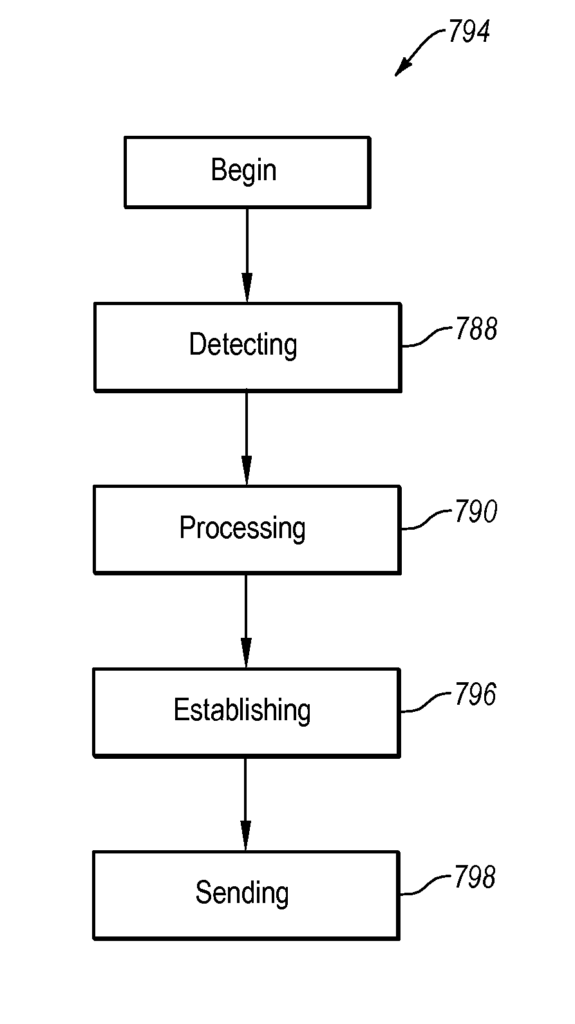
The Zolo Solutions Inc invention works as follows
The secure dispensing system uses biofeedback for controlling the release of a controlled drug. The secure dispensing system includes a housing that has an access compartment for a controlled drug, with the controlled drug including a first quantity of the drug to be dispensated according to initial dispensation parameters, a controller which receives prescription bioinformation and processes it to determine an adjusted dosage parameter for the substance that will be dispensated, with the initial and adjusted dosage parameters being different, a regulator for releasing the controlled material from the housing, and an exit pathway with an opening sized to allow the controlled chemical to be
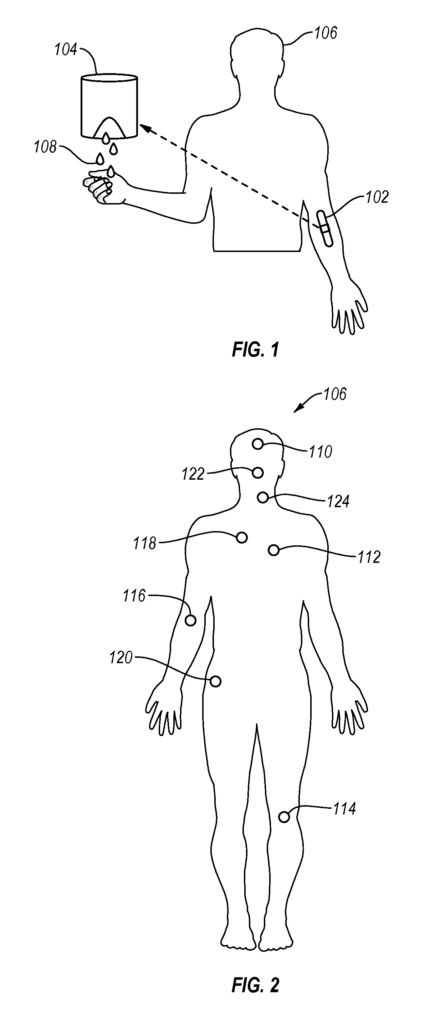
Background for Systems, Methods, and Devices for Dispensing One or More Substances
Medications are taken to treat a specific health condition. Unfortunately, it is not always true. The misuse and abuse of prescription drugs is a serious problem. Emergency room visits are possible for accidental overdoses, and drug treatment programs can be accessed for addictions. The consequences of drug abuse can also be long-lasting, affecting both the structure and function the brain.
Another problem with prescription medications is people giving their drugs to friends, or selling them for money. This supports other people’s drug addictions, self-medication and drug habits. The exchange of pills can be problematic as many pills are similar and may be confused with another type of pill. Unknowingly taking the wrong medication can cause serious reactions. The dosage of the drug may be incorrect even if it is the correct pill.
Sometimes the problem isn’t with taking pills, but remembering to take them. A patient might forget to take the medication according to the prescribed schedule. The patient could forget to take the correct dose or his/her individual instructions. The patient could suffer if they don’t receive the medication that is needed. The problems are not only limited to adults. Children have access to medications unsupervised, which can lead to similar problems as adults. Drug abuse is a problem for young and old alike. “With all the problems, it’s easy to see that the right amount of medicine, taken at the correct time and by the appropriate authority, is necessary to maintain a healthy population.
This summary is intended to introduce concepts that will be further explained in the detailed description. This summary does not aim to identify the key or essential features in the claimed subject material, nor to limit the scope of that subject matter.
In one embodiment, a biofeedback dispensing device includes a housing with an access compartment inside the housing. The access compartment contains a controlled drug, including a portion of it. The controller that comes with the dispensing system receives bioinformation from a prescription about the user, and then processes it to determine the second amount to be dispensed. The dispensing apparatus includes an exit path, a regulator, and first and second amounts of the controlled substance. The regulator releases controlled substance from the access compartment via the exit pathway, where the exit route has an opening that allows the controlled substances to be released out of the housing.
The method includes receiving prescription bioinformation relating to a user and comparing it with the stored prescription information, independently changing the first amount to a different amount based on both the stored prescription and prescription bioinformation.
In a second embodiment, the dispensing device includes a housing with an access compartment that contains a controlled substance. The controller receives the biometric identification of a user, and determines if the biometric identity is associated with this dispensing system. The regulator in the dispensing unit releases the prescribed amount of controlled substance through the exit route if the biometric identification is authentic.
The method may also include receiving an additional biometric identification, obtaining prescription bioinformation about the user and performing further actions associated with the device. Additional actions may include receiving a biometric identifier and receiving prescription bioinformation regarding the user.
One or more actions, in full or in part, can be performed automatically without human interaction. The biometric identifier can be transmitted automatically from a wearable device. The biometric identifier can be passively derived from a sensor attached to, worn by, or otherwise associated with a user. This information may include heart information, blood data, and physiological traits.
In a further embodiment, a security method for a secure dispensing system includes detecting in real time a change in the state of a secure dispenser and sending the state data to a processor, then processing the information to determine whether the information is above a threshold. The method includes locking the dispensing unit if the state data exceeds the threshold value. The secure dispensing system may remain locked until an unlock command has been sent. In some embodiments the unlock command can be sent when a lock period has passed, when the state information returns within the threshold, on the instruction of a caregiver, or a combination thereof.
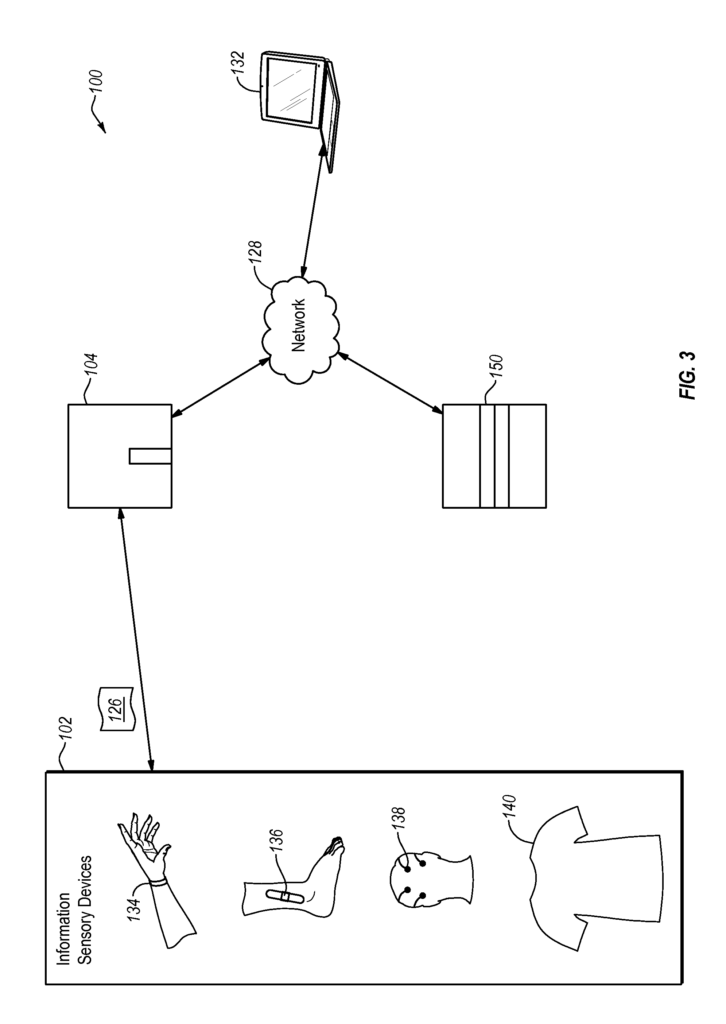
Additional features of embodiments will be described in the following description and will in part be evident from the description or can be learned through the practice of these embodiments. These features and benefits can be obtained and realized by using the instruments and combinations specifically mentioned in the appended claim. The following description, together with the appended claims will make these and other features more apparent. Or they can be discovered by practicing the embodiments described hereafter.
BRIEF DESCRIPTION DES DRAWINGS
In order for a more specific description to be given, it will be done by referring to the drawings that illustrate the various embodiments of the disclosure. Some of the illustrations may be exaggerated or schematic representations of concepts. However, some drawings are drawn to scale. The accompanying drawings will provide additional detail and specificity to the description of the embodiments.
FIG. “FIG.
FIG. “FIG.
FIG. “FIG.
FIG. “FIG.
FIG. “FIG.
FIG. “FIG.
FIG. “FIG.
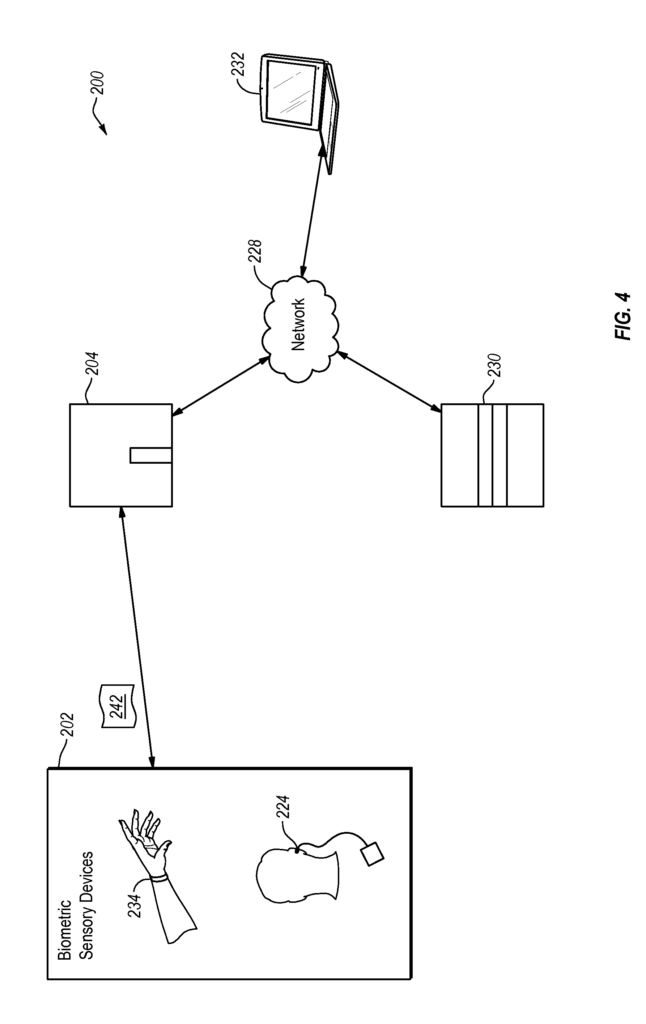
FIG. “FIG.
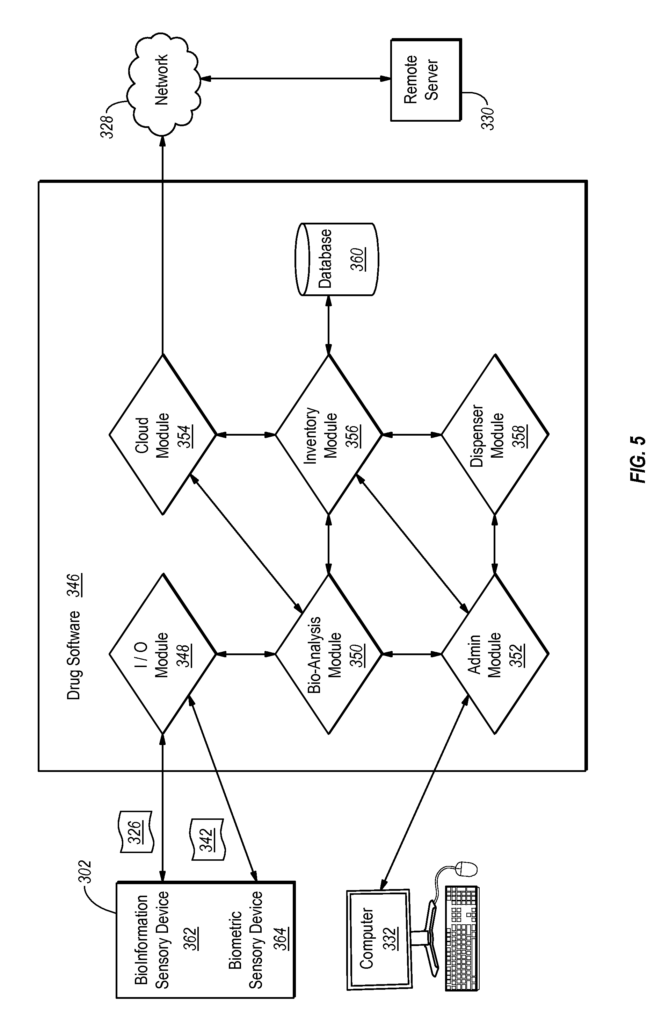
Click here to view the patent on Google Patents.
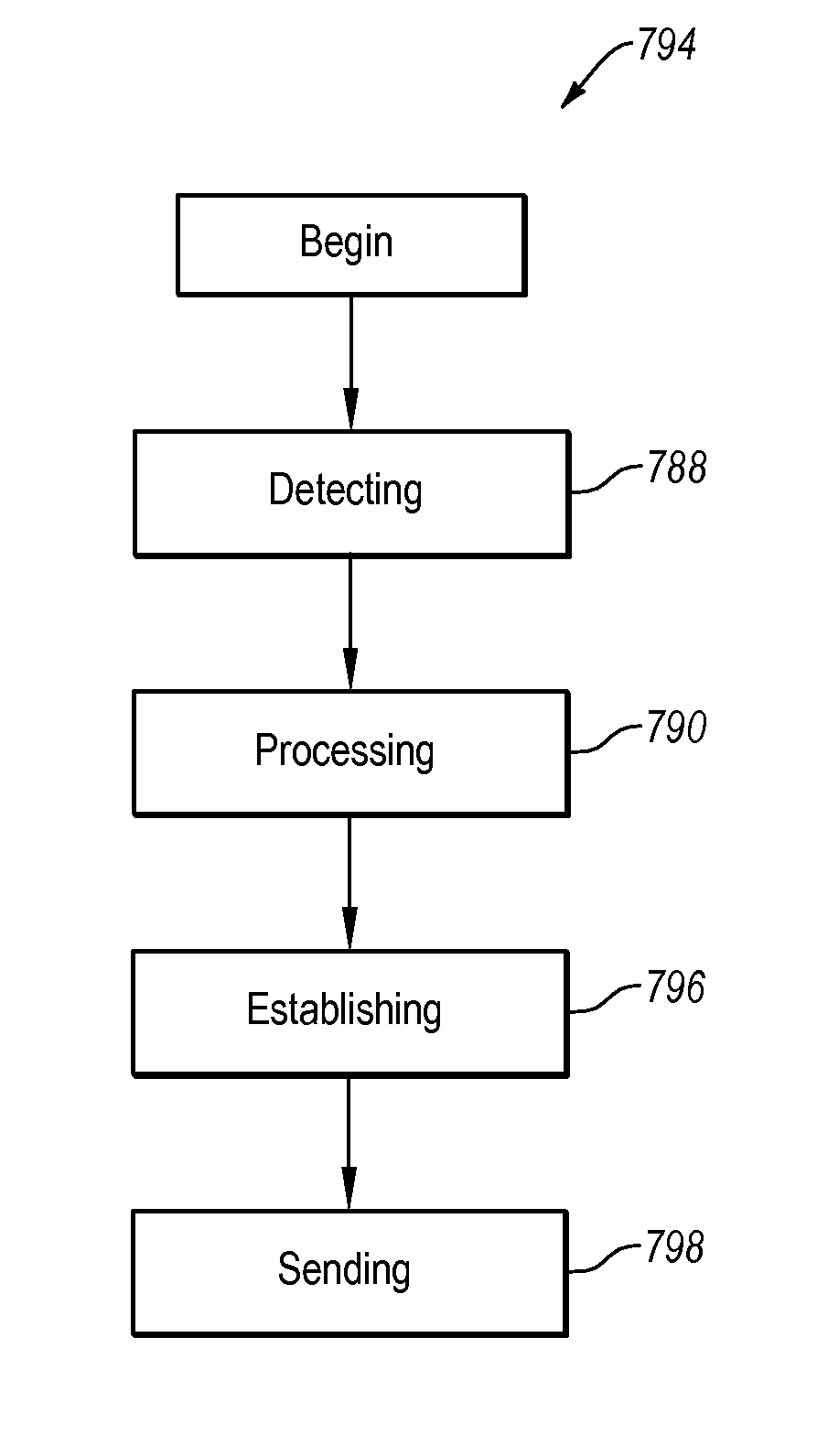
Leave a Reply